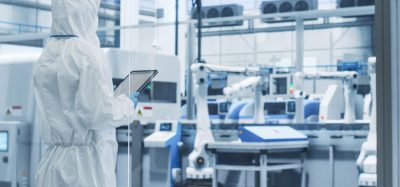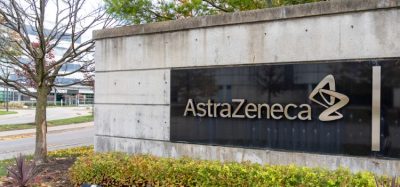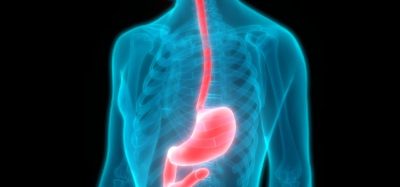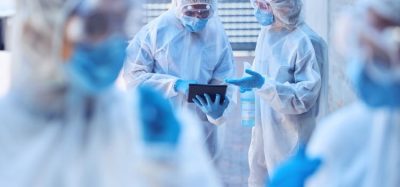Novel PAT tool could improve pharmaceutical QC
Posted: 3 May 2024 | Catherine Eckford (European Pharmaceutical Review) | No comments yet
The at-line PAT method utilised machine-vision and was able to predict API content of tablets containing amlodipine and valsartan with low relative errors.
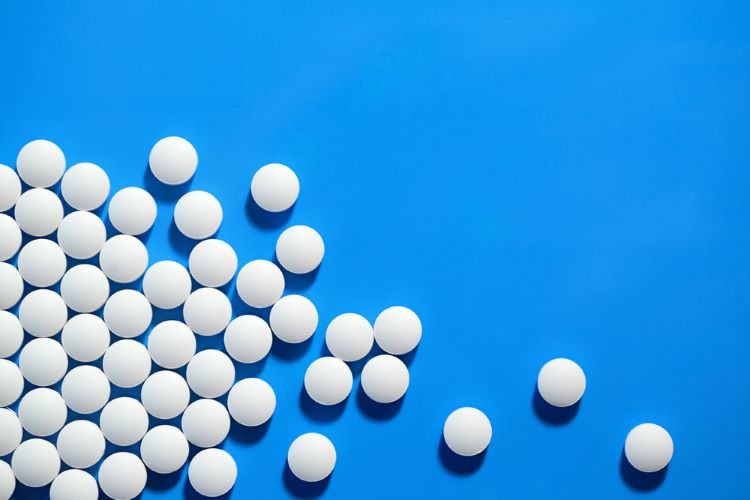

A UV imaging-based machine vision system has shown potential as a novel process analytical technology (PAT) tool for quickly and accurately determining the concentration of colourless active pharmaceutical ingredients (APIs) in tablets. Contents of the tablets were established using artificial neural networks.
Researchers stated that the high-resolution, non-destructive at-line PAT method could be used as a part of a real-time monitoring system.
UV imaging is a “novel, fast and non-destructive tablet inspection method [and can] replace the traditional API content measurement techniques”, they explained in the corresponding paper.
At-line PAT system study findings
[the proposed UV imaging-based system could be used as a] rapid, in-line tool for 100 percent API content screening to greatly improve pharmaceutical quality control and process understanding”
In the study, UV imaging predicted the API content of tablets containing “valsartan or amlodipine an order of magnitude, faster than previously achievable”.
Notably, the paper reported that the method enabled low prediction errors 4.41 percent and 3.98 percent for amlodipine and valsartan respectively.
Moreover, a rapid measurement time of 50ms facilitated the at-line analysis of “well over 100 tablets per minute”.
The authors concluded that the proposed UV imaging-based system could be used as a “rapid, in-line tool for 100 percent API content screening to greatly improve pharmaceutical quality control and process understanding”.
Future applications
This “simple and cost-effective” approach could also lead to “particle size measurement of the API”.
Ficzere et al. continued, adding that using the proposed system as a process analytical technology tool may be applicable for “a vast number of other APIs”. As such, the API content and content uniformity measurements of “a wide range of pharmaceutical products” could be obtained quicker and in a non-destructive way.
As a wider scope, the authors noted that “other than APIs, excipients can also interact differently with UV illumination, enabling the differentiation of all tablet components, which could be used to create an imaging based chemical mapping method”.
The paper was published online as a pre-proof in the International Journal of Pharmaceutics.
Related topics
Analytical techniques, Drug Safety, Particle Sizing, Process Analytical Technologies (PAT), Screening, Technology, Therapeutics




